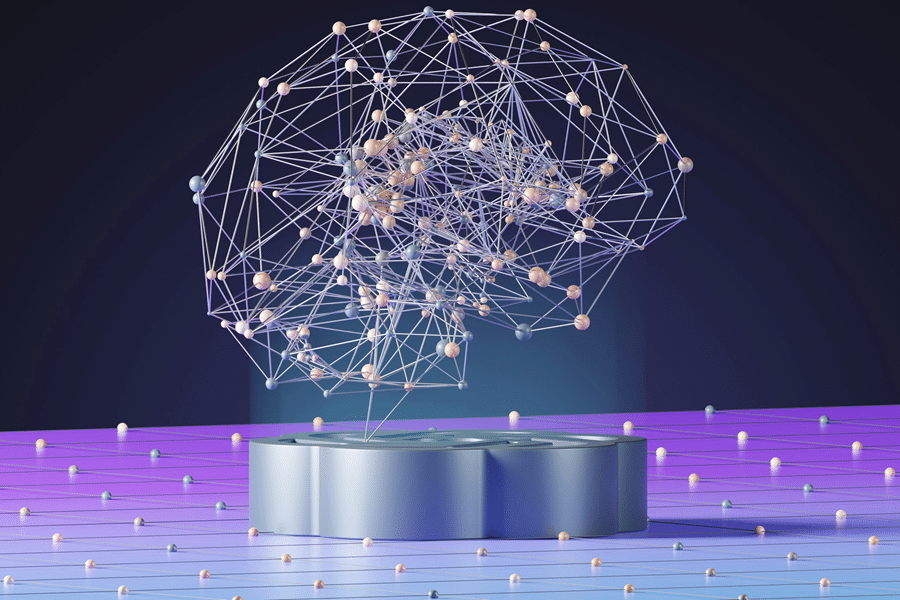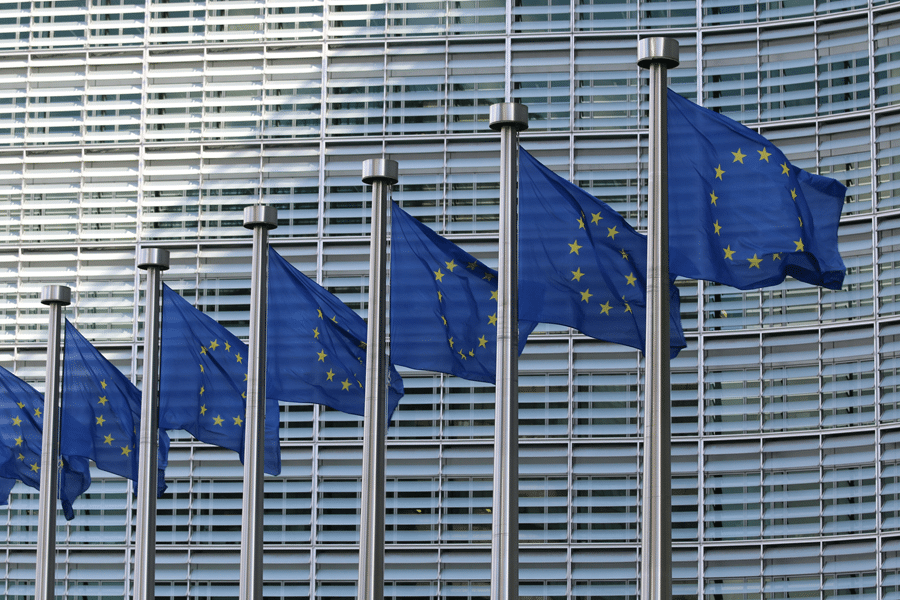Related Resources
Transportation infrastructure is the circulatory system of modern economies. Roads, railways, ports, and transit networks don’t just move people and goods — they connect communities, enable commerce, and shape patterns of growth. Yet despite its centrality, infrastructure planning has long been fraught with inefficiencies, cost overruns, and missed projections.
Traditional planning methods often rely on static models and fragmented datasets, leaving governments and operators to make billion-dollar decisions without fully understanding how infrastructure will perform under real-world conditions. This uncertainty has contributed to some of the most persistent challenges in transportation: congestion, underutilization of assets, and escalating maintenance costs.
This is where digital twins come in: a virtual replica of physical assets, systems, or entire networks that integrates real-time data, simulation, and analytics. By mirroring infrastructure in a dynamic, digital environment, digital twins allow planners and policymakers to test scenarios, optimize operations, and anticipate problems before they occur.
What is a Digital Twin?
A digital twin is more than just a 3D model. It is a living, data-driven simulation of an asset, system, or process that evolves with real-time inputs. While traditional models provide a snapshot, digital twins provide a continuous mirror, updated with live data from IoT sensors, GPS devices, cameras, and other monitoring technologies.
In transportation, this could mean:
- A digital twin of a highway that integrates traffic flow, weather conditions, and vehicle telemetry.
- A simulation of a rail network that tests scheduling changes against passenger demand.
- A city-wide twin that models the interactions of roads, buses, trains, and pedestrians to optimize mobility.
These models are dynamic, predictive, and interactive, capable of showing not just what is happening now, but what is likely to happen under different conditions.
Why Digital Twins Matter in Transportation Planning
Transportation networks are among the most complex systems governments manage, and mistakes in planning can carry decades of consequences. Traditional models often struggle to capture real-world dynamics — like shifting commuter patterns, extreme weather events, or the ripple effects of new mobility technologies. This is where digital twins prove their value.
By creating a living, data-rich replica of infrastructure, digital twins give planners the ability to test ideas before committing billions in public funds. They help identify bottlenecks, improve capacity, and forecast the long-term impacts of different investment choices. Most importantly, they shift planning from reactive guesswork to proactive, evidence-based decision-making — ensuring transportation networks are safer, more efficient, and more resilient for the future.
1. Reducing Uncertainty in Planning
Infrastructure projects are high stakes and long horizon. Decisions made today will shape mobility for decades. Digital twins allow planners to test multiple scenarios — such as population growth, climate impacts, or new mobility technologies — before committing billions to construction.
2. Optimizing Capacity and Performance
By simulating traffic patterns and demand, digital twins reveal where capacity is under pressure and how small adjustments can reduce congestion. This proactive approach avoids costly bottlenecks and extends the lifespan of assets.
3. Enhancing Resilience
Transportation systems are increasingly vulnerable to climate change, from flooding to heatwaves. Digital twins allow governments to simulate extreme events and test resilience strategies, ensuring infrastructure is designed to withstand disruption.
4. Improving Stakeholder Engagement
Complex infrastructure plans are difficult to communicate to non-experts. Digital twins provide intuitive visualizations that help citizens, policymakers, and businesses understand trade-offs and support informed decision-making.
Key Technologies Behind Digital Twins
Digital twins don’t exist in isolation — they’re powered by a suite of advanced technologies that work together to create accurate, real-time replicas of transportation systems. From sensors embedded in roads and vehicles to cloud platforms that process massive streams of data, each layer of technology contributes to making these models dynamic and reliable.
The real value comes from integration: when IoT devices feed data into cloud infrastructure, AI algorithms analyze it for patterns, and visualization tools present it in a way that policymakers and operators can act upon. Understanding the technologies behind digital twins is essential for governments and organizations looking to invest in smarter infrastructure planning.
Internet of Things (IoT) Sensors
IoT devices embedded in roads, bridges, and vehicles provide the real-time data that keeps digital twins accurate and dynamic.
Cloud and Edge Computing
Massive amounts of sensor data must be processed quickly. Cloud platforms ensure scalability, while edge computing allows faster, localized analysis.
Artificial Intelligence and Machine Learning
AI algorithms detect patterns, forecast outcomes, and recommend optimizations. For example, AI can simulate how adjusting traffic lights would affect congestion in a city twin.
Geographic Information Systems (GIS)
GIS mapping provides spatial context, allowing twins to reflect the complex geography of transportation networks.
Visualization Tools
Advanced 3D modeling and VR interfaces enable interactive exploration of infrastructure scenarios, improving transparency and engagement.
Benefits of Digital Twins in Transportation
- Cost Savings: By simulating scenarios and predicting failures, digital twins reduce costly overruns and extend asset life.
- Safety Improvements: Proactive maintenance forecasting prevents accidents and infrastructure failures.
- Sustainability: Optimizing routes, schedules, and traffic management reduces fuel use and emissions.
- Transparency: Clear visualizations improve communication with stakeholders and strengthen public trust.
- Innovation Enablement: Digital twins support experimentation with new mobility models—autonomous vehicles, shared transport—without real-world risks.
Challenges to Overcome
While digital twins hold enormous promise for transportation, adopting them at scale is far from straightforward. Building accurate, real-time replicas of complex infrastructure requires more than advanced software — it depends on high-quality data, robust governance, and long-term investment. Governments and operators must grapple with technical, financial, and organizational hurdles that can slow adoption.
From integrating siloed datasets to ensuring cybersecurity in critical infrastructure, these challenges highlight the importance of careful strategy and collaboration. Overcoming them will determine whether digital twins remain niche pilot projects or become the backbone of smarter, more resilient infrastructure planning.
Data Quality and Integration
Digital twins rely on high-quality, interoperable data. Many governments struggle with siloed systems and inconsistent standards.
Cybersecurity Risks
As digital replicas of critical infrastructure, twins are attractive targets for cyberattacks. Strong security protocols are essential.
High Costs of Implementation
Deploying IoT sensors, cloud platforms, and AI analytics requires significant upfront investment. Smaller municipalities may lack the resources to adopt twins at scale.
Skills Gap
Digital twin deployment requires expertise in data science, engineering, and policy. Upskilling the workforce is crucial to realizing their potential.
Governance and Regulation
Clear policies are needed to ensure digital twins are used ethically, protect privacy, and support equitable infrastructure outcomes.
The Future of Digital Twins in Transportation
The use of digital twins in transportation is still emerging, but momentum is building:
- National Digital Twin Programs: Countries like the UK and Singapore are leading with ambitious national initiatives.
- Integration with Smart Cities: Twins will increasingly be linked across energy, water, and transportation systems for holistic urban management.
- AI-Powered Autonomy: Future twins may operate with minimal human intervention, automatically optimizing networks in real time.
- Climate Resilience: As extreme weather intensifies, twins will become essential tools for designing adaptive, climate-resilient infrastructure.
- Open Data Ecosystems: Governments may share anonymized data from digital twins with researchers and entrepreneurs, fueling innovation in mobility services.
Key Takeaways
- Digital twins are dynamic, data-driven replicas of infrastructure that enhance planning, optimization, and resilience.
- In transportation, they are already being applied to roads, railways, ports, and airports around the world.
- Benefits include cost savings, improved safety, reduced emissions, and greater transparency in planning.
- Challenges such as data quality, cybersecurity, costs, and skills gaps must be addressed for widespread adoption.
- The future will see digital twins integrated into national strategies, smart city ecosystems, and climate resilience planning.
Smarter Planning Through Living Models
Transportation systems are too critical — and too costly — to plan with guesswork. As governments confront the twin pressures of climate change and urbanization, the need for smarter infrastructure planning has never been greater.
Digital twins offer a way forward. By providing a living, evolving model of transportation assets and systems, they allow planners to move from reactive fixes to proactive foresight. With the right investments, policies, and partnerships, digital twins can help governments design transportation networks that are efficient, resilient, and sustainable — networks that not only serve today’s needs but anticipate tomorrow’s challenges.
The future of transportation infrastructure will not just be built in concrete and steel; it will be mirrored, tested, and optimized in digital space first.




